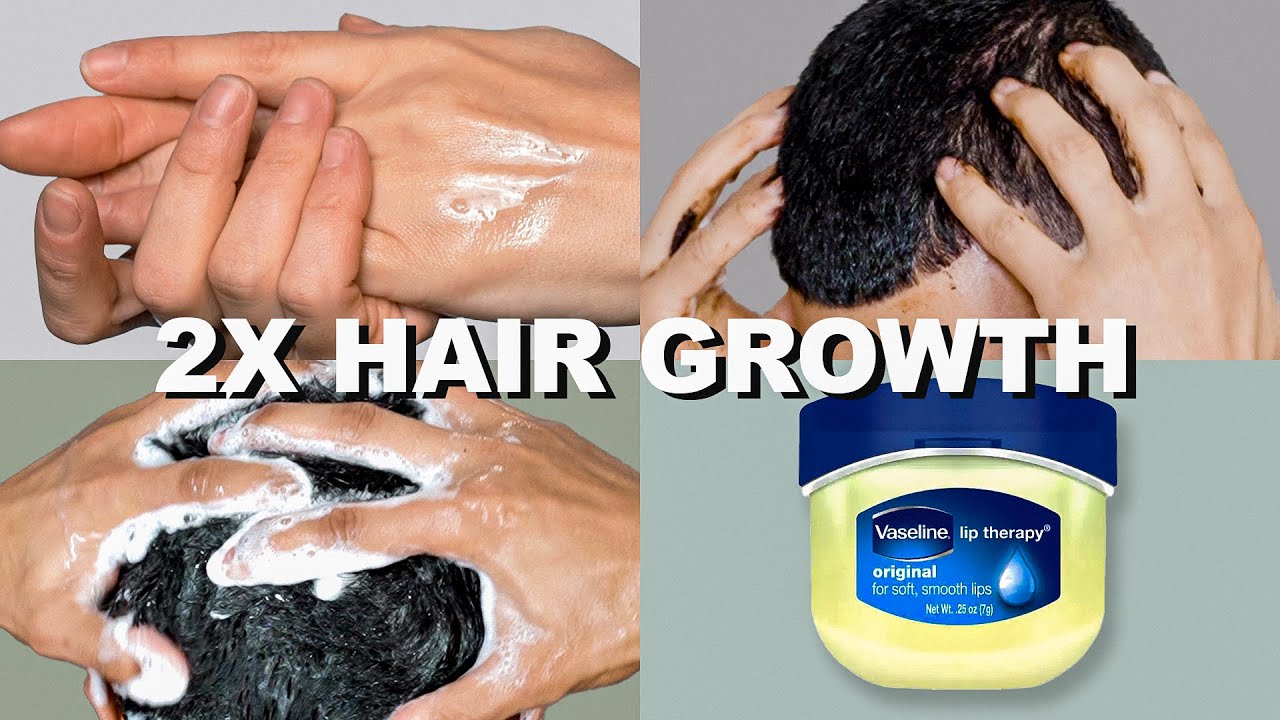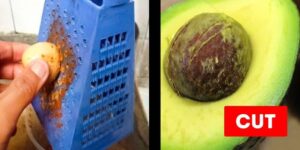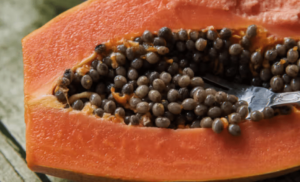6 Proven Strategies to Prevent and Reverse Hair Loss in Men
Hair loss is a concern that can begin as early as age 18 for men. Unfortunately, many are unaware of how to prevent it. The key factor behind hair loss is a hormone called Dihydrotestosterone (DHT). DHT is derived from testosterone and plays a role in deepening the voice and muscle growth during puberty. However, as men age, DHT weakens hair follicles, leading to thinning and hair loss.
Understanding that DHT is the primary culprit behind hair loss allows us to take targeted steps to combat it. This guide will cover two approaches: reducing DHT production and blocking DHT from binding to hair follicles. Here are six scientifically backed strategies to help you maintain healthy, thick hair.
1. Use Natural DHT-Blocking Oils
Many turn to minoxidil for hair regrowth, but an effective alternative may already be in your kitchen. Reducing scalp inflammation is crucial in lowering DHT levels, and a study on 76 men found that pumpkin seed oil led to a 40% increase in hair growth, compared to just 10% in another group.
How to Use Pumpkin Seed Oil:
Take a tablespoon of pumpkin seed oil (or alternatives like olive or coconut oil).
Massage it into your scalp for 20 minutes before showering.
Rinse with shampoo as usual.
Consistently applying this method can significantly enhance hair thickness and scalp health.
2. Adjust Shower Temperature Based on Hair Type
The temperature of your shower water can impact DHT production. Different hair types require different temperature ranges:
Fine/Dry Hair: 85-90°F (30-33°C)
Normal Hair: 90-95°F (33-36°C)
Oily Hair: 95-100°F (36-39°C)
To determine your hair type, drop a strand of hair into a glass of water:
Floats: Fine/Dry Hair
Sinks Slowly: Normal Hair
Sinks Quickly: Oily Hair
Adjusting your shower temperature accordingly can help manage scalp oil levels and prevent unnecessary DHT stimulation.
3. Choose the Right Shampoo
Not all shampoos are created equal. Ingredients play a significant role in either preventing or exacerbating hair loss.
Essential Ingredients for Hair Growth:
Flaxseed Extract: Natural DHT inhibitor
Biotin: Strengthens hair and nourishes the scalp
Saw Palmetto: Blocks DHT production
Ketoconazole: A powerful DHT-blocking agent
Buckwheat Root: Helps inhibit testosterone conversion to DHT
Ingredients to Avoid:
Sulfates: Strips natural oils, causing dryness
Sodium Chloride: Dries out the scalp, leading to brittle hair
DEA (Diethanolamine): Weakens hair follicles
Formaldehyde: Can lead to scalp irritation and hair thinning
For those looking for an easy solution, hair growth formulas containing these essential ingredients can simplify the process.
4. Incorporate DHT-Blocking Foods Into Your Diet
What you eat has a direct impact on hair health. Incorporate these five powerful foods to reduce DHT levels and promote stronger hair:
Green Tea: Contains EGCG, a natural DHT blocker
Coconut: Rich in lauric acid, known for DHT reduction
Onions: High in quercetin, which prevents testosterone conversion to DHT
Turmeric: Contains curcumin, which blocks the enzyme responsible for DHT production
Pumpkin Seeds: Packed with zinc, which helps regulate DHT
A balanced diet enriched with these ingredients can naturally slow down hair thinning and promote hair growth.
5. Exfoliate Your Scalp Regularly
Scalp health is often overlooked, yet it plays a crucial role in hair growth. Exfoliating your scalp removes dead skin cells, unclogs hair follicles, and reduces DHT buildup.
DIY Scalp Exfoliant:
Mix 1 tablespoon of activated charcoal with 1 tablespoon of lemon juice.
Blend into a paste and massage onto the scalp.
Leave for 10 minutes, then rinse thoroughly.
Using this scrub once a week can significantly improve hair density and follicle strength.
6. Use Scalp Massage Techniques for Hair Regrowth
A study found that participants who followed a specific scalp massage technique experienced a 75% increase in hair growth and density.
How to Perform Scalp Massage:
Use fingertips (not nails) to apply gentle circular motions.
Move in both clockwise and counterclockwise directions.
Focus on tinning areas like the temples, crown, and hairline.
Perform for 10 minutes in the morning and 10 minutes at night.
This technique increases blood circulation, delivering vital nutrients to hair follicles while reducing DHT production.
Final Thoughts
By implementing these six strategies—reducing DHT with natural oils, optimizing shower temperature, using the right shampoo, eating DHT-blocking foods, exfoliating the scalp, and practicing scalp massage—you can significantly slow down hair loss and even stimulate new growth.
Consistency is key. Start incorporating these steps into your daily routine to maintain a healthy scalp and stronger hair for years to come.
Share this content:











